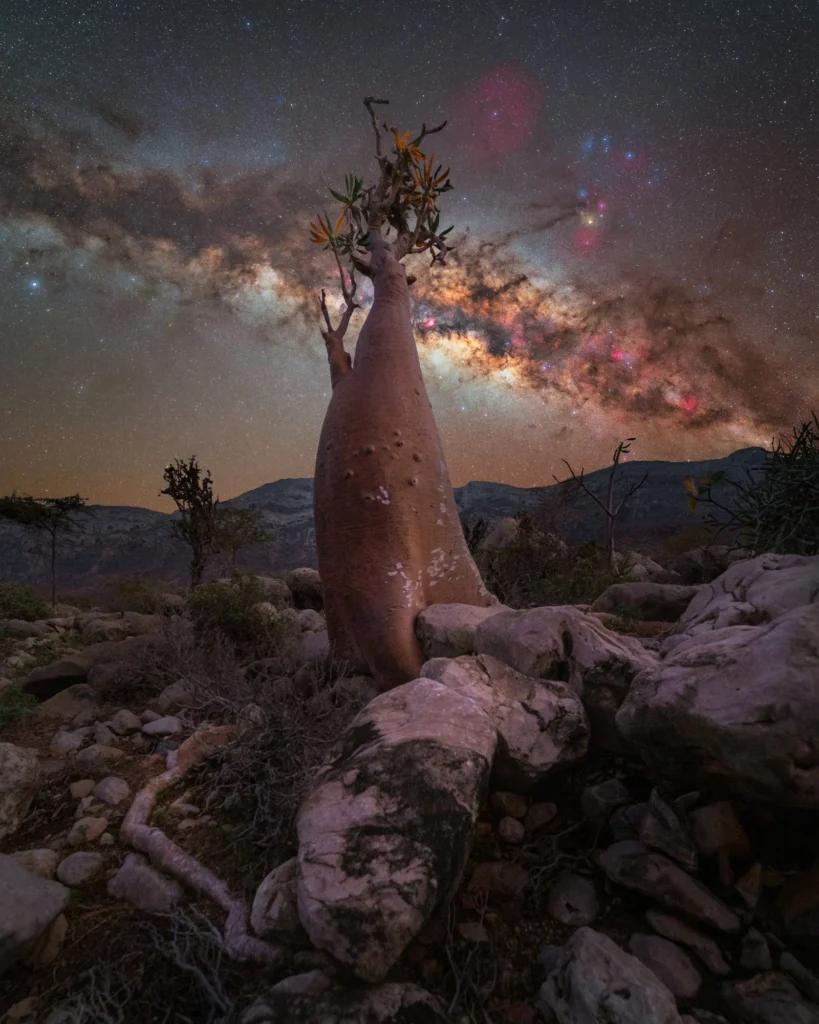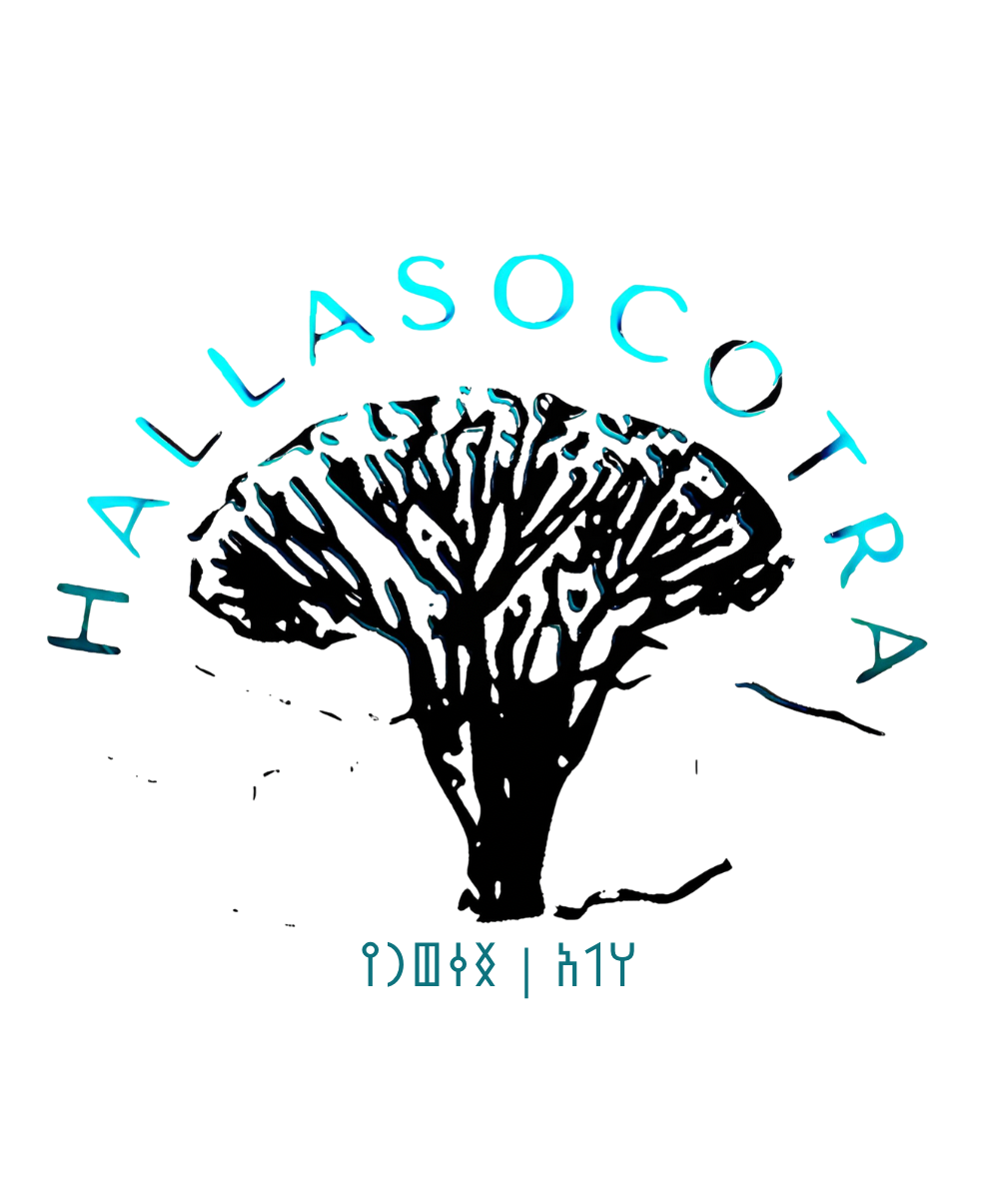Socotra… Where History Whispers and Legends Breathe
For thousands of years, Socotra was never just an isolated island in the Arabian Sea. It was a meeting point of civilizations, a living archive of human memory, and a cradle of ancient myths.
On this land, history lived hand in hand with imagination, and stories remained alive — etched into rocks, whispered through trees, and carried by the wind.
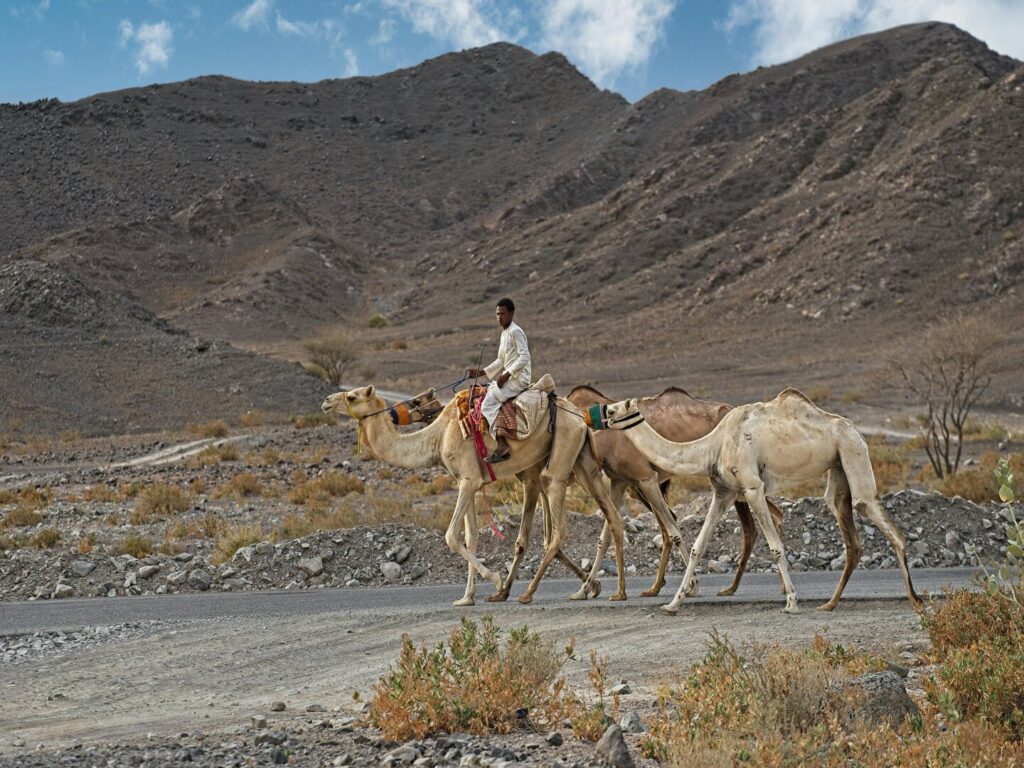

The Island of Trade and Frankincense
Socotra has long been a central stop on the ancient incense and myrrh trade routes, valued by great civilizations like the ancient Egyptians, Greeks, and Romans for rituals and healing.
The island served as both a spiritual and commercial port, connecting Africa, southern Arabia, and India, and holds traces of merchants and sailors seeking sacred resins.
Socotra Through the Eyes of Historians and Geographers
The island appeared as “Dioscorida” on Ptolemy’s Greek maps. The Arab historian Al-Masudi described it in the 10th century as a place with its own language, rare trees, and spiritually secluded inhabitants.
Ibn al-Mujawir wrote of Christian monks from the Church of the East who once lived on the island before Islam arrived.
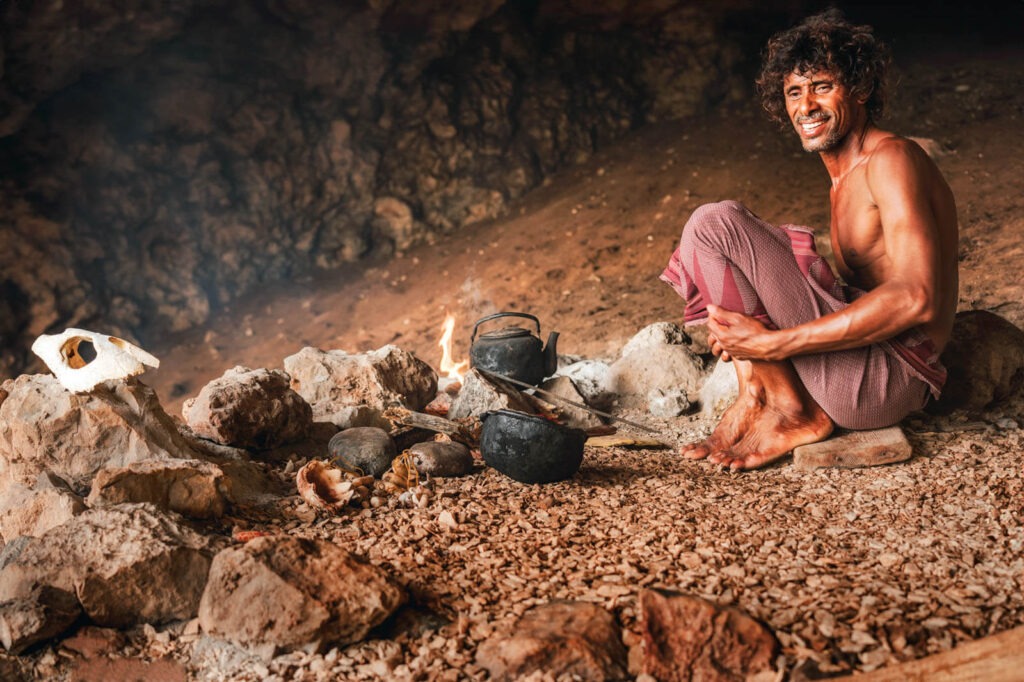
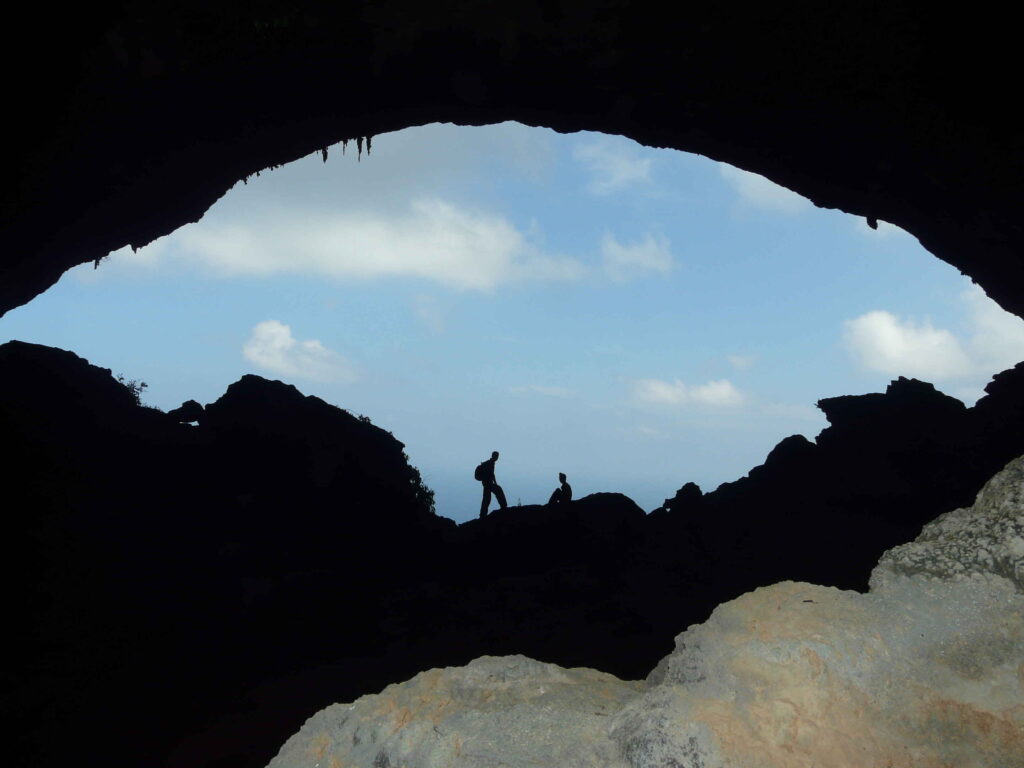
Hoq Cave… Inscriptions of Time
Deep within Hoq Cave — one of Socotra’s longest — explorers discovered inscriptions in South Arabian script, ancient Greek, and South Indian languages.
These writings, dating back to the first century AD, reveal that Socotra was a crossroads of diverse cultures. The cave is not just a geological wonder, but a silent witness to the island’s layered memory.
Spirits and Dragons: Living Myths
Socotri people tell of a battle between two mighty dragons, the blood of one giving birth to the Dragon’s Blood Tree.
Some valleys, like Dihen and Mount Arheb, are believed to be guarded by unseen beings, where loud voices are discouraged out of respect. These are not just tales, but living traditions woven into daily life.
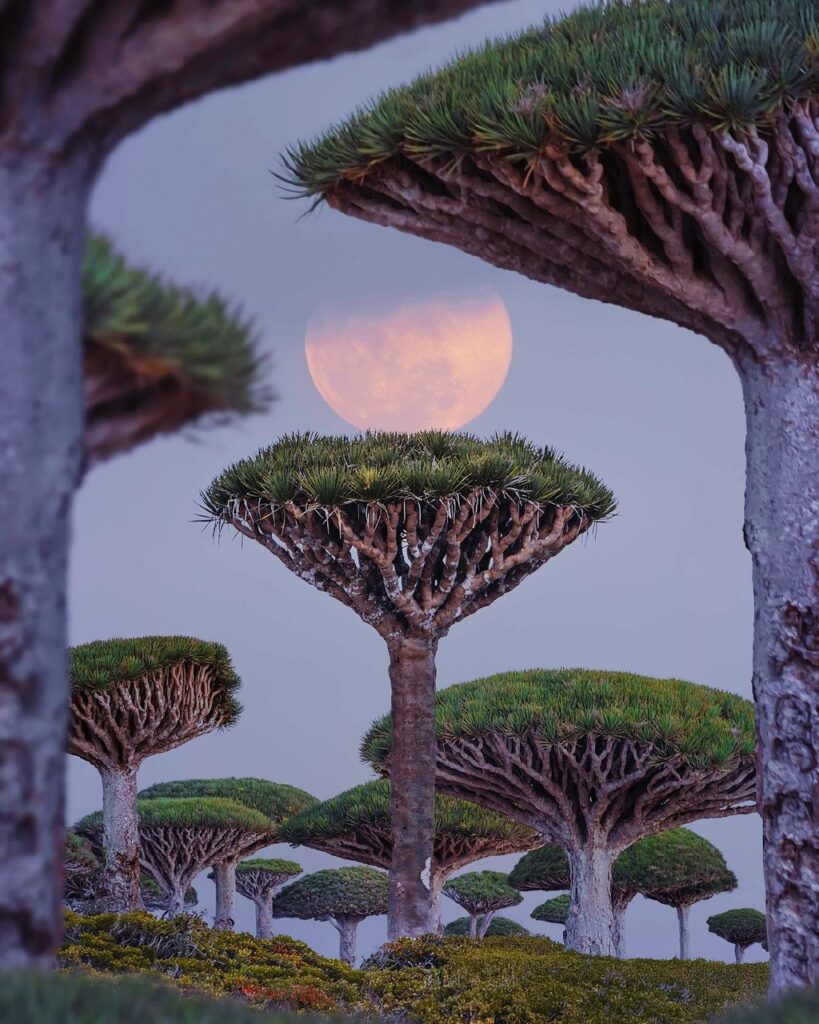

A Language Older Than Time
The Socotri language — or Mahri of Socotra — is one of the oldest surviving Semitic languages.
It does not resemble Arabic and instead traces back to the ancient Himyaritic language once spoken in the Hadhramaut kingdom.
This language carries in its rhythm and vocabulary the secrets of ages unrecorded in books, but preserved in oral memory.
An Island That Remembers Itself
Despite waves of colonization, isolation, and environmental change, Socotra has remained loyal to its soul.
Its legends are still told, its language still spoken, its trees still revered, and its people still walk the land with the same humility as their ancestors. Visiting Socotra is not just a trip — it’s a return to a purer time that never forgot itself.
